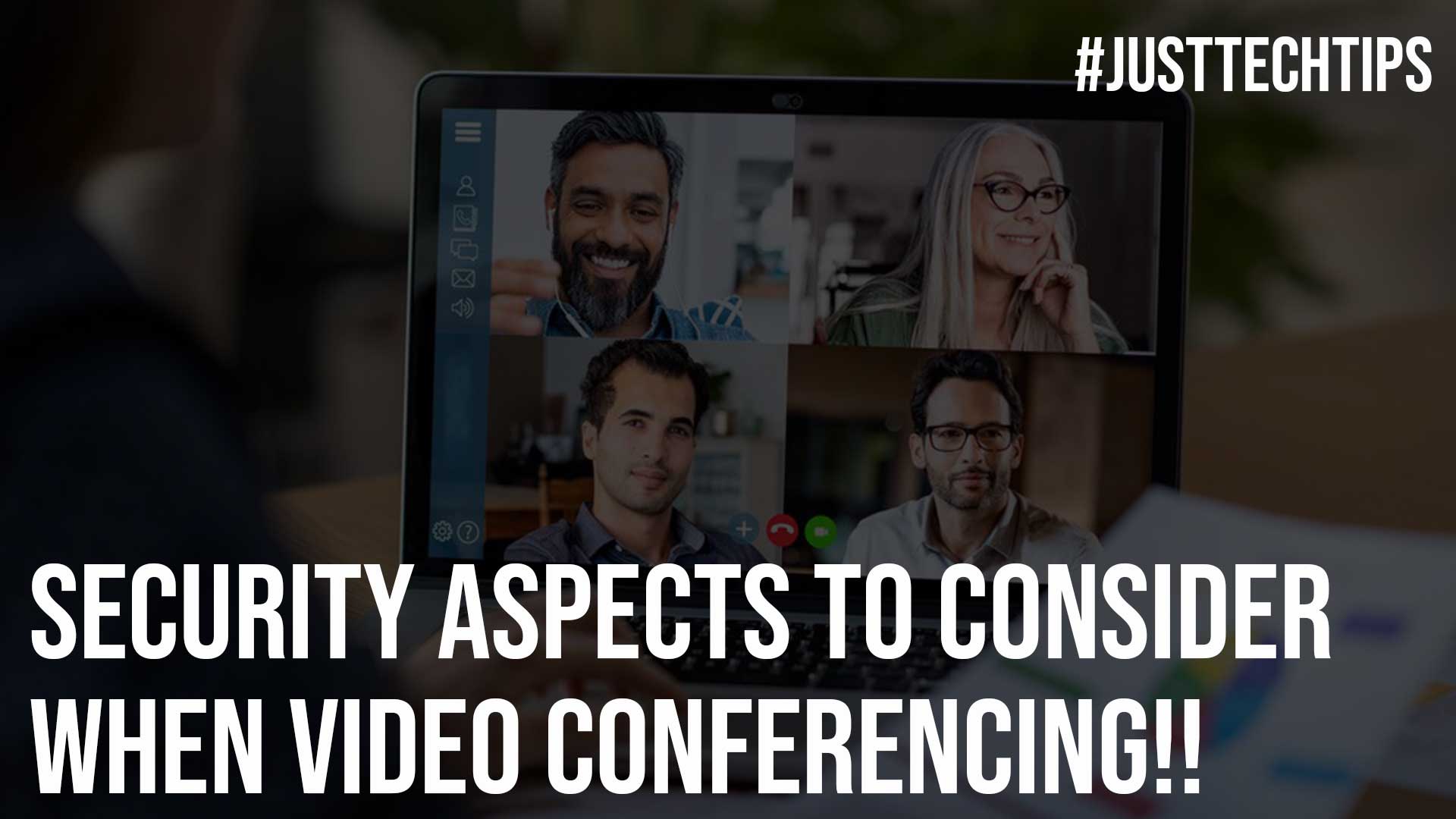With a potentially deadly virus sweeping across the world, working from home has gone from a dream shared by many to a reality shared by all. While it certainly is not under the best circumstances, many professionals are enjoying the new way of life and would like for it to continue even after the pandemic is behind us.
Because so many are now working remotely, video conferencing technology has seen a spike in popularity as the masses flock to find a way to stay connected online while being disconnected physically.
Applications like Zoom, Skype, and Microsoft Teams are great tools that can and have helped workers and companies around the world continue to function, but as with anything, there are always risks.
Cyber fraud and the recent trend of ‘Zoom Bombing’ are very real threats that can affect anyone not taking the necessary steps to prevent them, so below we have provided some information on which security aspects you need to consider when video conferencing.

Use the waiting room
The waiting room feature in applications like Zoom should really be standard procedure for any meeting. It works by simply placing any joining members into a separate ‘waiting room’ where the host can then check their identity.
If approved they will then be let into the actual meeting, and if not they will be swiftly ejected, completely solving the issue of Zoom bombing and unwanted guests quickly and efficiently.
Also Read: Are Registry Cleaners Still Needed On Windows 10?
Change your background
When you are in a video conference call, you may be a little uncomfortable that not only are you on camera but so is your home or at least the part of it that is visible behind you.
Now, this can be unsettling anyways if you simply do not want co-workers or other participants to see inside your private space but can be extremely problematic if you happen to have any sensitive information on the show.
To prevent these potential issues, we suggest you use a virtual background, and while there are a few services available that offer them we recommend that you access the Hello Backgrounds virtual background here as they have a vast selection available to choose from.
Whether you want to hide sensitive information, keep your private life private, or even if you simply have an untidy room in view, virtual backgrounds are practically a must for modern virtual meetings.
Send invites discreetly
In the pre COVID world, nobody advertised their private meetings to the world, so be sure not to do so now.
While you are unlikely to post about your meeting on social media, sending invite links out to large groups of people is bound to cause problems and increases the chance of an unwanted party gaining access.
Instead, only send invites out to a select few people that you want to attend, and instruct them not to share the link with anyone and have the requester come to you directly. This allows you to control who has access to the invite link and lowers the chance of a security breach.
Lock the meeting
A great feature available to virtual meetings is the ability to simply lock a meeting and prevent anyone else from joining.
This should obviously only be done once all the intended participants have joined, but locking the meeting is an easy and secure way to stop any potentially nefarious individuals from jumping in and either interrupting your meeting or getting hold of information they should not have.
Change the default settings
You would be surprised how many security issues could be solved by simply changing the default settings. Most people simply trust these settings because they are set up by the application developers so they must be ok, right? Wrong.
These settings are perfect for say, a catch up with friends, but when it comes to business meetings, you should absolutely take a look at them yourself and change them to fit your needs.
Things like having your microphone and camera on by default when you join a call can cause security issues as well as embarrassment and can be easily avoided by changing a setting.
Before joining or hosting a video call, check your default settings and make sure you are happy with them, we also recommend that you advise any other members of the meeting to do the same prior to joining.
Set some ground rules
Finally, just as an office building would have a code of conduct, we recommend that you set some ground rules that your meeting participants can follow.
This will not only ensure that everyone maintains a professional attitude, but it can also help to prevent security breaches.
For example, informing your invitees not to join from a public or unsecured WiFi connection and ensuring that they have a secure password sounds basic but can be easily missed, noting down ground rules and passing them around will help to keep your meeting secure.